Our Solar System: A Photo Tour of the Planets
On Mars: Viking Landers
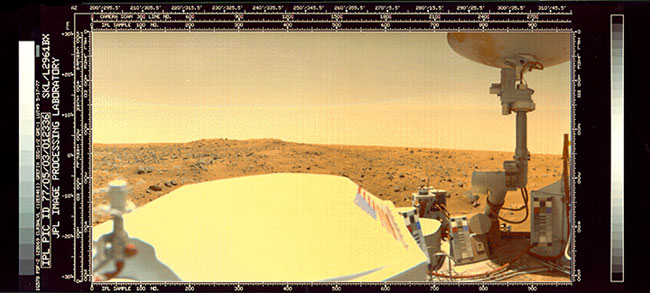
NASA's Viking probes were the first ever to successfully set footpad on Mars in a powered landing. The Viking 1 lander set down in July 1976 and didn't go silent until November 1982. Viking 2 landed in September 1976 and kept working until April 1980.
Asteroids
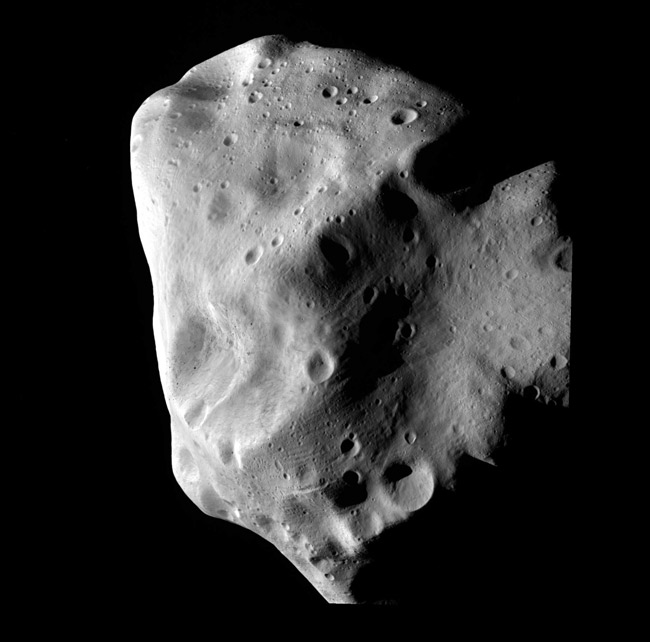
After Mars comes the asteroid belt, a girdle of rocky objects between the orbits of Mars and Jupiter, about 186 million to 370 million miles (300 million to 600 million kilometers) from the sun.
Asteroids are small, airless rocky objects revolving around the sun, but are too small to be planets. They are also known as planetoids or minor planets. Most asteroids lie in the asteroid belts, but there are others across the solar system.
Asteroids represent the leftovers from the formation of our solar system about 4.6 billion years ago. They are dirty bastards that could rip your spacecraft to shreds in an instant. If you had a spacecraft. You wish you had a spacecraft.
Asteroids Visited by Spacecraft

Here's a look at the handful of asteroids that have been visited by robot probes from Earth. Only a few near-Earth objects would fit NASA's proposed guidelines for a manned mission to an asteroid.
Jupiter
![Skywatcher Jimmy Eubanks in Boiling Springs, South Carolina caught these photos of Jupiter and Uranus on Sept. 20, 2010 when Jupiter made its closest approach to Earth since 1963. Uranus [insert] was visible through telescopes near Jupiter.](https://cdn.mos.cms.futurecdn.net/Hd3633Lph5yQ9forApNJ6Q.jpg)
Jupiter is the most massive planet in our solar system, more than twice as massive as all the other planets combined. Strong east-west winds in the planet's upper atmosphere create the dark belts and light zones of Jupiter's variegated appearance. The enormous planet lies 483,638,564 miles (778,340,821 km) from the sun, and has a radius of about 43,440.7 miles (69,911 km).
Jupiter also possesses four large moons and many smaller moons. Jupiter has a gaseous composition, referred to as a "gas giant." Some astronomers believe Jupiter may have once possessed the capability to coalesce into a binary star companion of our sun. If only Jupiter had any real ambition. Lazy gas giant.
Jupiter's Moons: Family Portrait
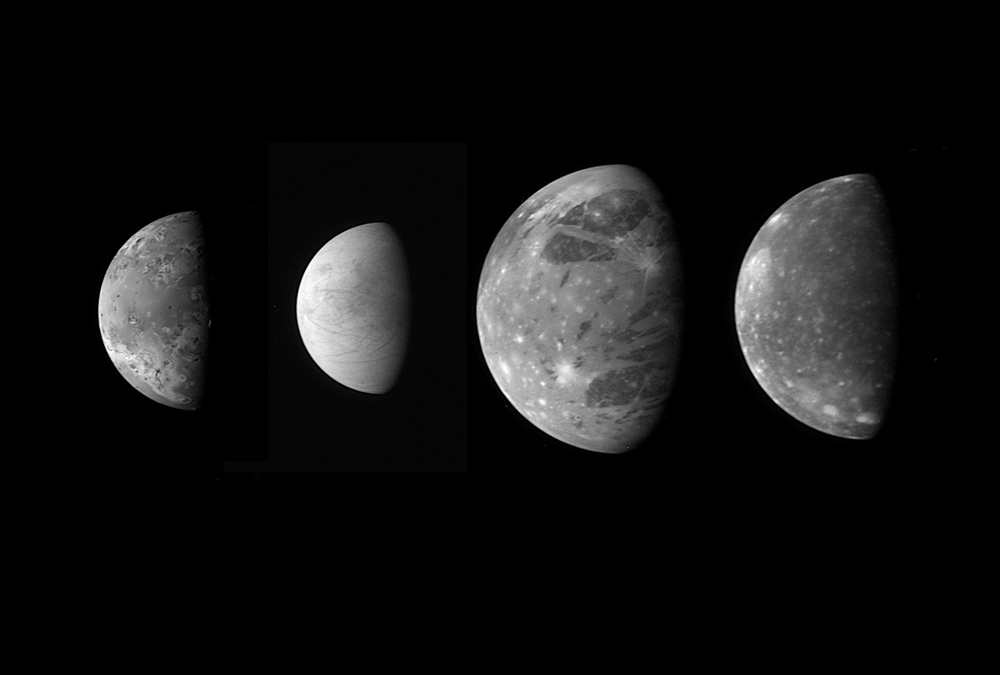
This montage shows the best views of Jupiter's four large and diverse "Galilean" satellites as seen by the Long Range Reconnaissance Imager (LORRI) on the New Horizons spacecraft during its flyby of Jupiter in late February 2007. The four moons are, from left to right: Io, Europa, Ganymede and Callisto. The images have been scaled to represent the true relative sizes of the four moons and are arranged in their order from Jupiter.
Saturn
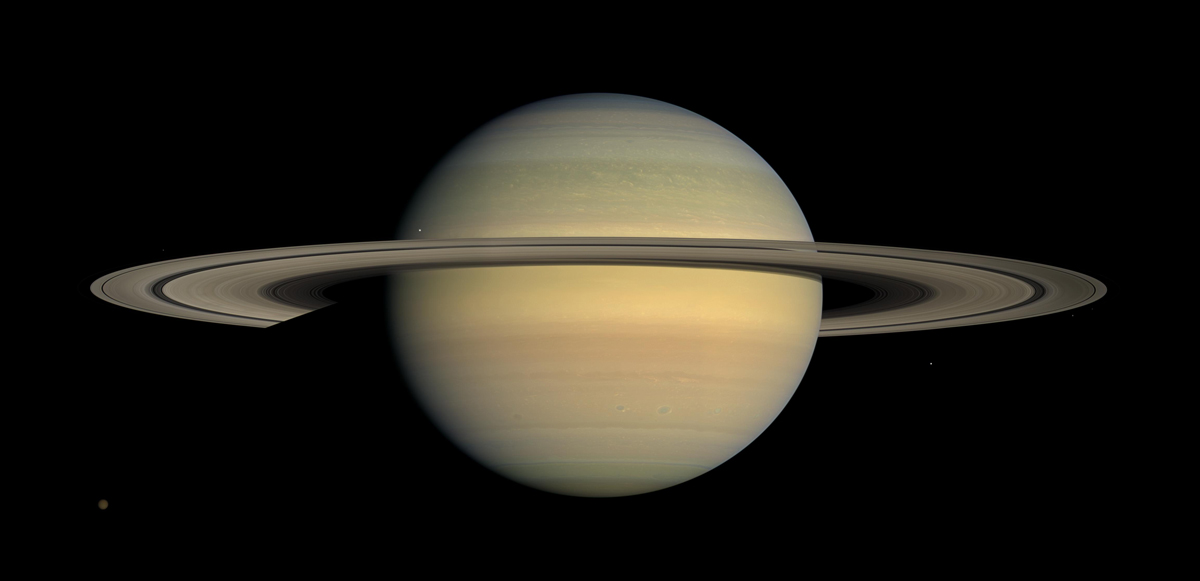
Saturn, another gas giant like Jupiter, spins faster than any other planet, and is the furthest planet that can be seen by the naked human eye, 886,489,415 miles (1,426,666,422 km) from the sun. Saturn, with a radius of about 36,183.7 miles (58,232 km), possesses moons but it is better known for its rings, composed of tiny bits of ice and rock, believed to be debris left over from comets, asteroids or shattered moons. Does having rings make you special, Saturn? No, because Jupiter, Uranus and Neptune also possess rings. But Saturn, yours are definitely the most stunning.
Saturn's Rings, Baubles and Spiky Spokes
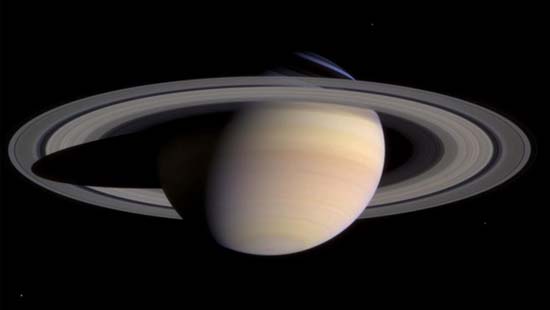
Speaking of Saturn's rings: From trillions of icy ring dust particles, finer than baker's flour, to more than 60 moons, each a unique world, the kingdom of Saturn is rich with mystery.
Uranus
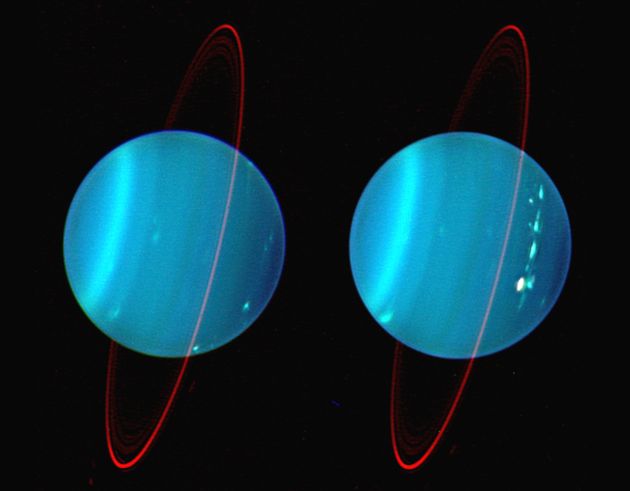
Uranus consists of a bunch of frozen water, methane, and ammonia, with a blue-green color caused by hydrogen and helium in its atmosphere. Its crazy axis of rotation tilts so far over that it is almost pointing at the sun. Just remember that Uranus is spinning on its side, like a top that's fallen over. This planet is 1,783,744,300 miles (2,870,658,186 km) from the sun, and has a radius of about 15,759.2 miles (25,362 km).
Uranus, though visible to the naked eye, was long considered a star, until British astronomer William Herschel discovered Uranus accidentally on March 13, 1781. And let's have no more terrible puns on the name of "Uranus."
The Weird Tilt of Uranus
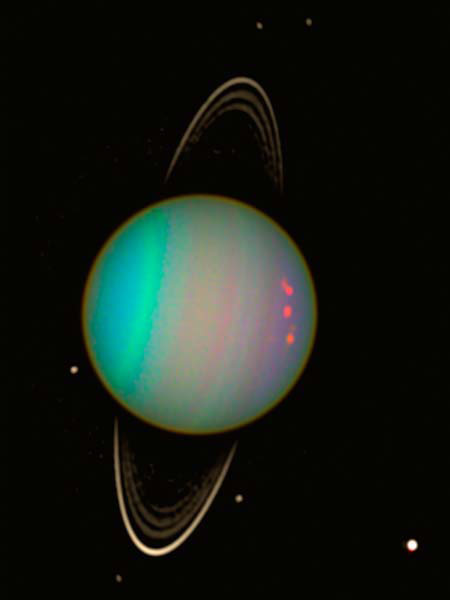
Uranus' tilt essentially has the planet orbiting the Sun on its side, the axis of its spin is nearly pointing at the Sun.
Neptune
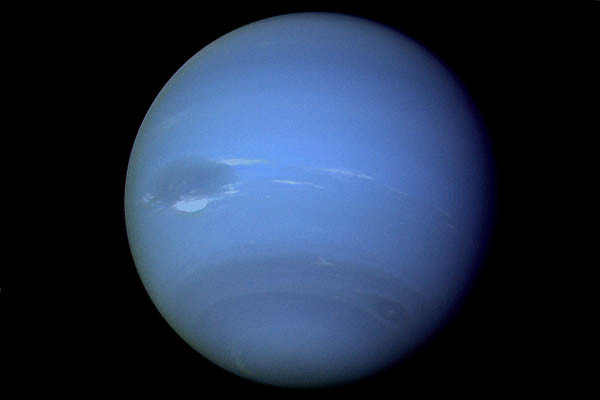
Neptune shines a deep blue color. Its color comes from an unidentified compound in its atmosphere composed of mainly hydrogen and helium. This planet orbits 2,795,173,960 miles (4,498,396,441 km) from the sun, and has a radius of about 15,299.4 miles (24,622 km). Among the planets, Neptune is known for its crazy-fast winds, which can blow up to 1,500 miles per hour (2,400 kilometers per hour), the fastest detected yet in the solar system.
Also, Neptune was discovered only after astronomers noticed irregular behavior in the orbit of Uranus. And no, you should never use the words "irregular" and "Uranus" in the same sentence.
Join our Space Forums to keep talking space on the latest missions, night sky and more! And if you have a news tip, correction or comment, let us know at: community@space.com.
Get the Space.com Newsletter
Breaking space news, the latest updates on rocket launches, skywatching events and more!

